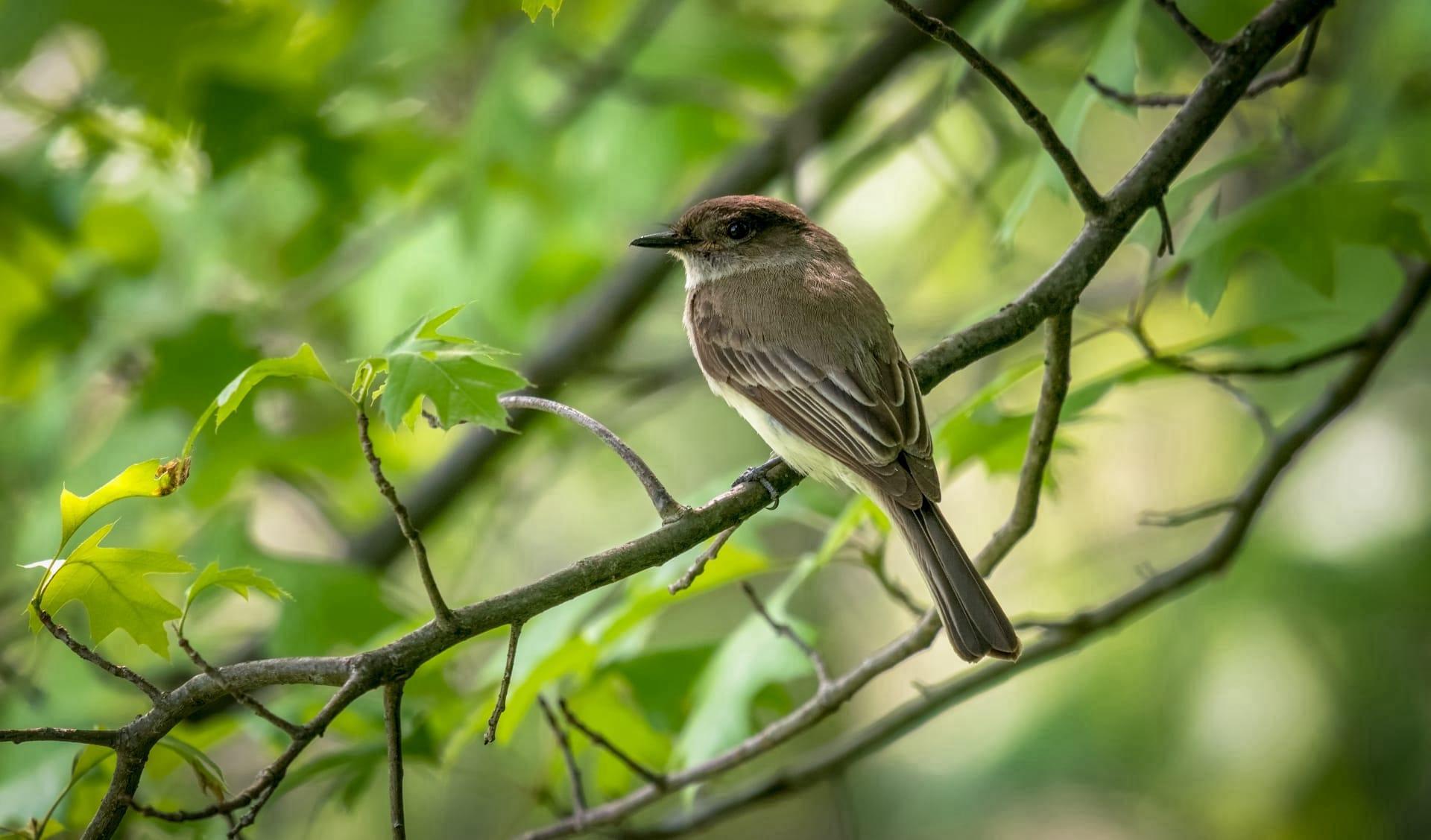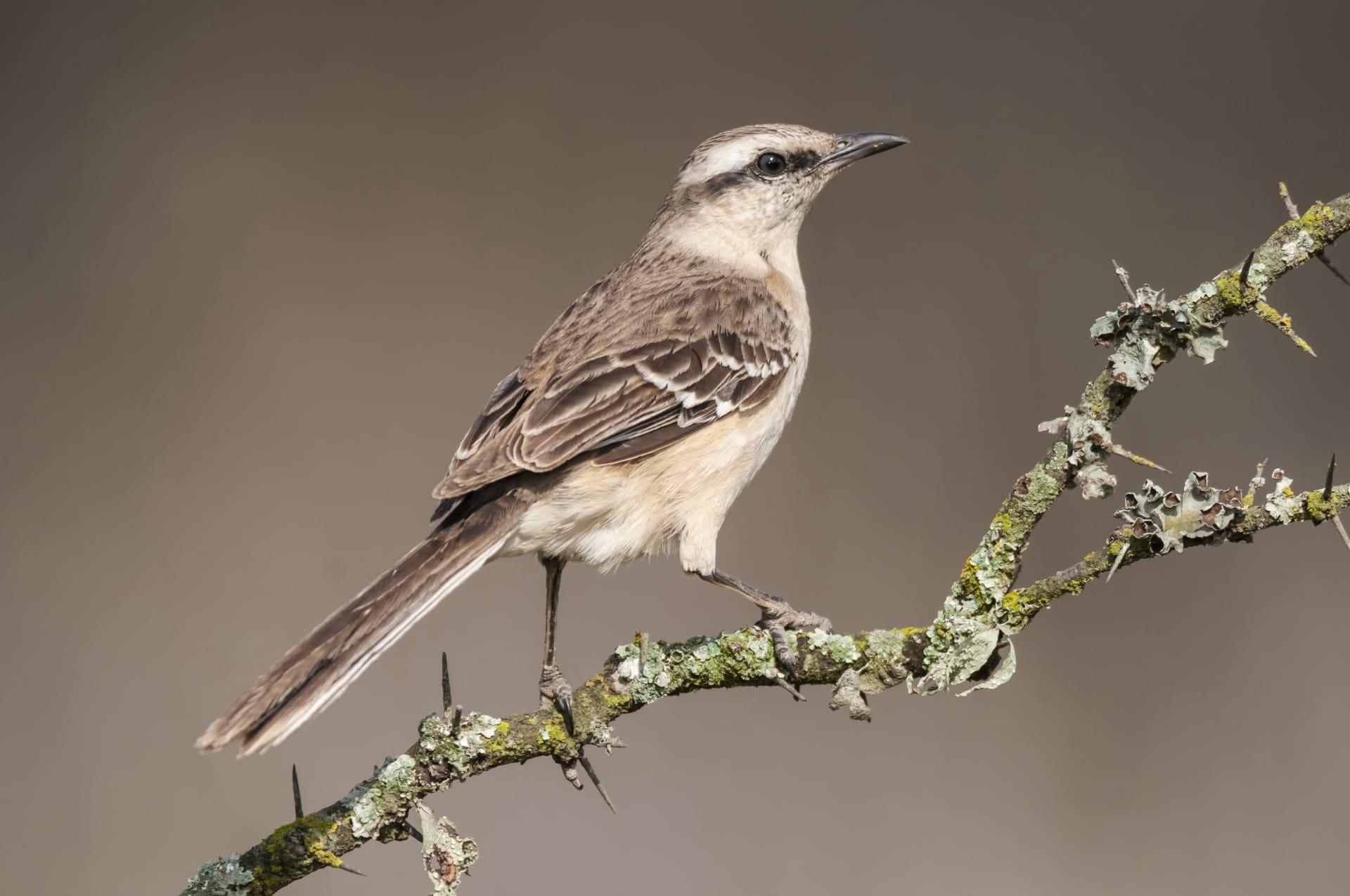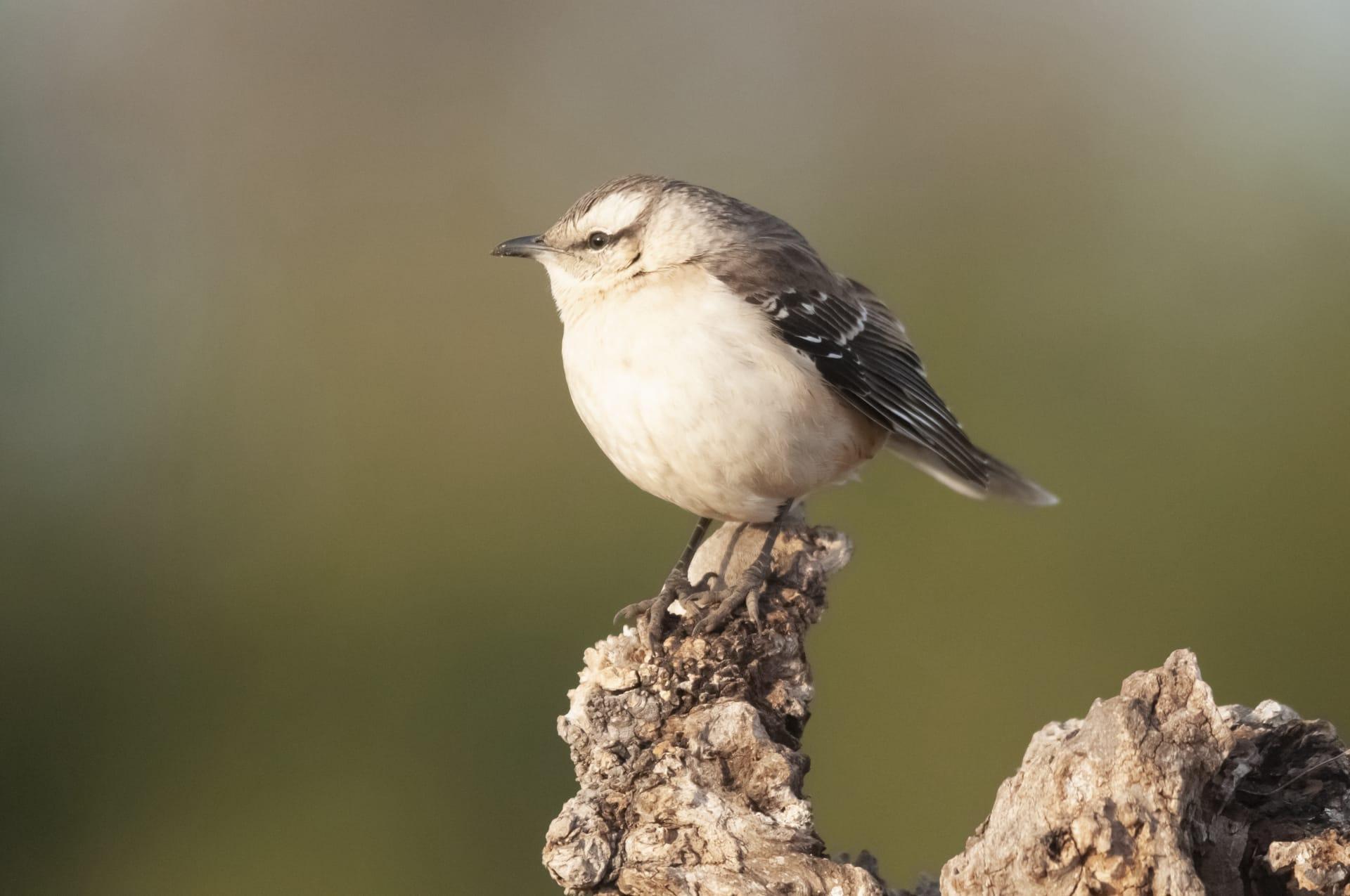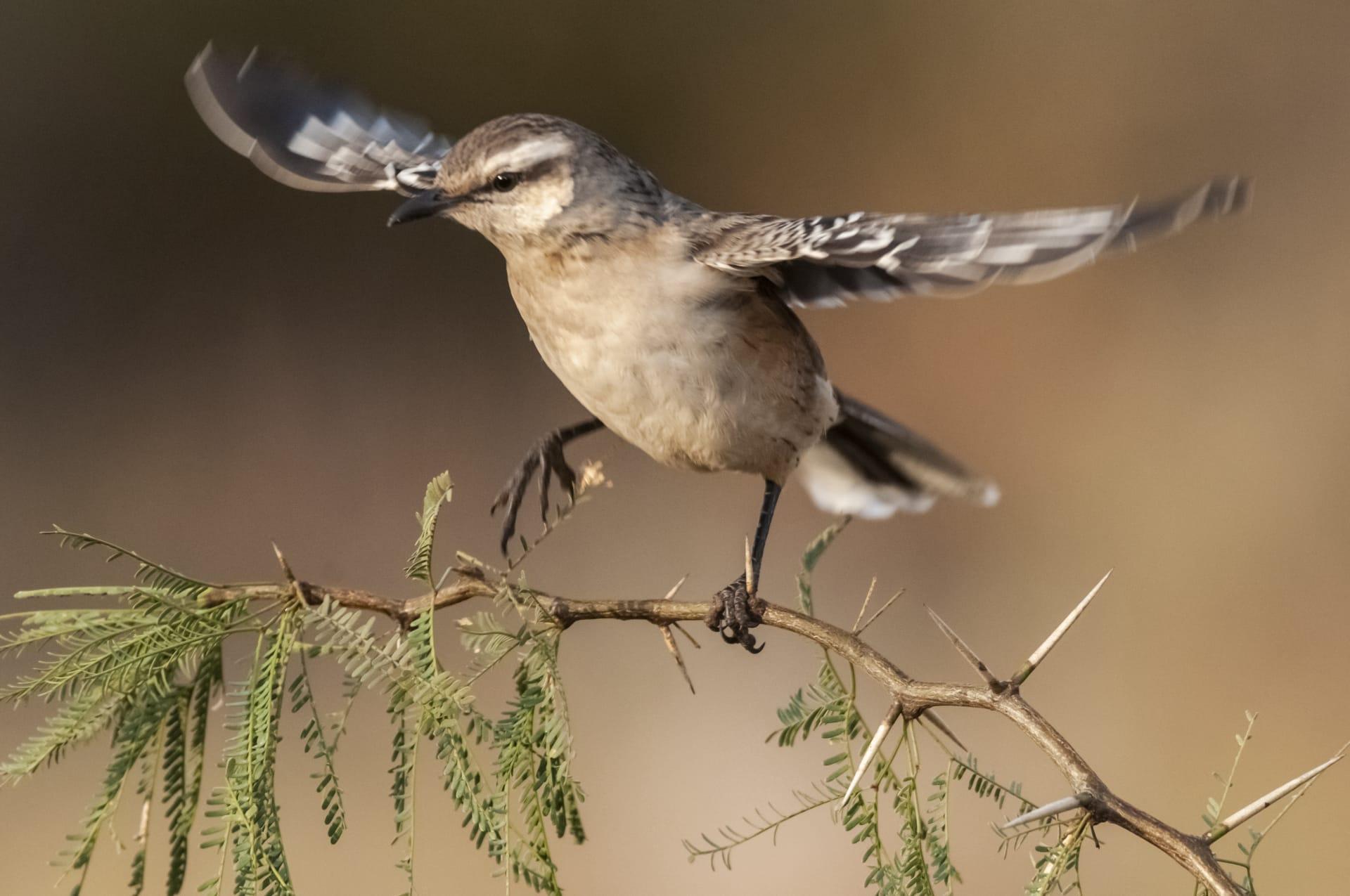Mockingbird
- Home /
- Mini Encyclopedia /
- Animal /
- Mockingbird
1
Mockingbirds, scientifically known as members of the genus Mimus, are a group of New World passerine birds from the Mimidae family. They're renowned for their vocal abilities and are closely related to thrashers and New World catbirds. There are about 17 species in the Mimus genus, with the most famous being the Northern Mockingbird (Mimus polyglottos). These birds are characterized by their long legs, long tails, and a gray to brown coloration, often with patches of white.
Mockingbirds are predominantly found in North and South America. The Northern Mockingbird, for instance, is widely distributed across the United States, Mexico, and parts of Canada, thriving in suburban areas, parks, and gardens. They're adaptable birds, living in a range of habitats from arid deserts to urban environments. In South America, species like the Chalk-browed Mockingbird (Mimus saturninus) are common in Brazil, Argentina, and Uruguay, often seen in open and semi-open areas, including agricultural lands and urban edges.

2
Question: Do mockingbirds mimic sounds only from other bird species?
Answer: A common misconception about mockingbirds is that they only mimic other birds. In reality, these versatile vocalists can imitate a wide range of sounds. They're known to replicate sounds from other bird species, but their repertoire also includes mimicking frogs, insects, and even mechanical noises like car alarms. The Northern Mockingbird, for example, can learn up to 200 different songs throughout its life, including various non-bird sounds, showcasing an extraordinary ability to adapt their vocalizations to their environment.

3
Mockingbirds employ a variety of survival strategies that make them fascinating. One notable strategy is their territorial behavior, especially during the breeding season. Male mockingbirds are known to fiercely defend their territory, often resorting to aerial displays and loud vocalizations to deter intruders. This territoriality ensures they have enough resources for mating and rearing their young.
Another survival tactic is their dietary flexibility. Mockingbirds are omnivorous, feeding on a mix of fruits, seeds, and insects. This diverse diet helps them to thrive in different environments, from natural habitats to urban areas. They also change their diet seasonally, eating more insects during the breeding season for protein and switching to fruits and seeds in other times of the year, maximizing their nutritional intake throughout the year.

4
In the ecosystem, mockingbirds play a significant role in seed dispersal and pest control. As they consume various fruits, the seeds are dispersed through their droppings, aiding in the propagation of several plant species. This seed dispersal is crucial for maintaining plant diversity and health in different ecosystems.
Mockingbirds also contribute to pest control. Their diet includes a large number of insects, many of which are considered pests. By consuming these insects, mockingbirds help in controlling their populations, which can benefit agriculture and reduce the need for chemical pest control. This natural pest control is an essential service mockingbirds provide to the ecosystem, balancing insect populations and contributing to the health of their habitat.

5
Film: "The Mockingbird's Song" is a notable documentary from the United States, released in 2018. This film explores the life and habits of the Northern Mockingbird. It delves into their mating rituals, territorial behavior, and remarkable ability to mimic sounds. The documentary stunningly captures the bird's interaction with its environment, offering insights into its adaptive strategies and the challenges it faces in urban areas.
Book: "The World of the Mockingbird" by American author James Field, published in 2020, is a comprehensive guide on mockingbirds. It covers various aspects such as their biology, behavior, and the role they play in literature and culture. Field's engaging writing style makes complex scientific concepts accessible, providing a deep dive into the world of these fascinating birds.
Book: "Songs of the Mimics" by British ornithologist Sarah Greene, released in 2022, focuses on the vocal abilities of mockingbirds. Greene's book is a blend of scientific research and personal observations, detailing how these birds develop their mimicking skills and the purpose behind their vast repertoire of sounds. The book also discusses the impact of environmental changes on their vocalizations, offering a unique perspective on bird communication.